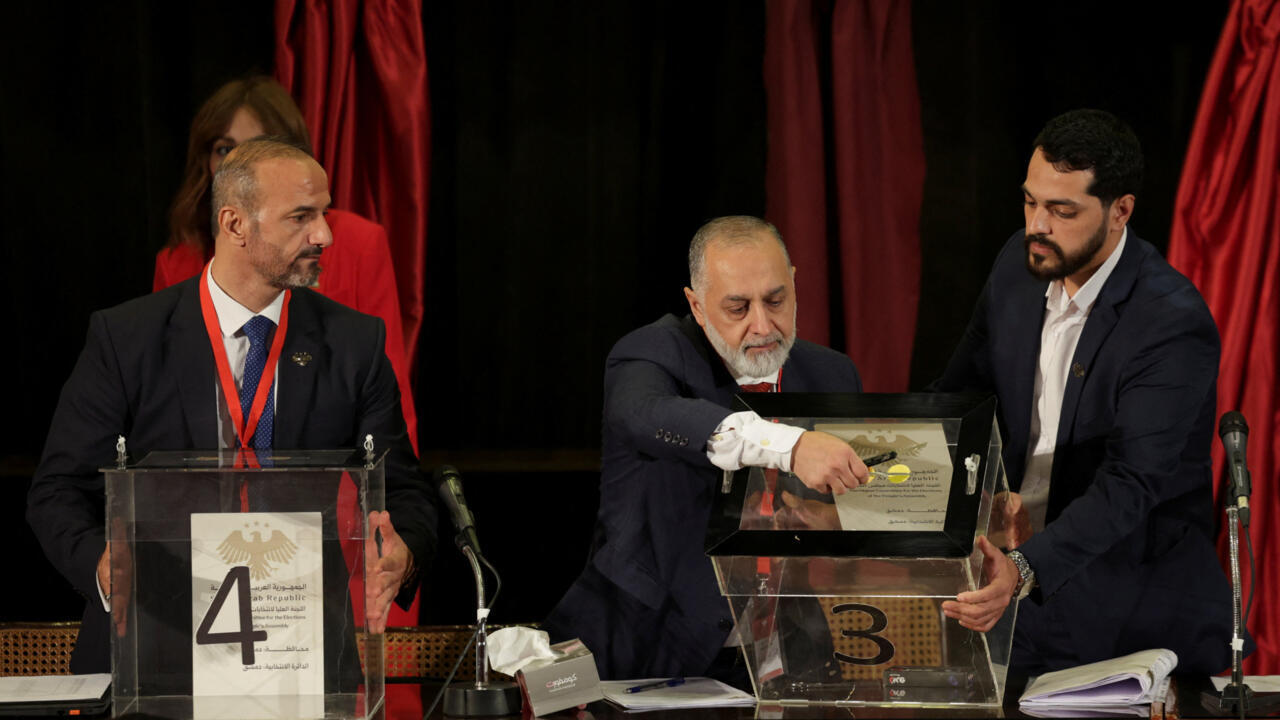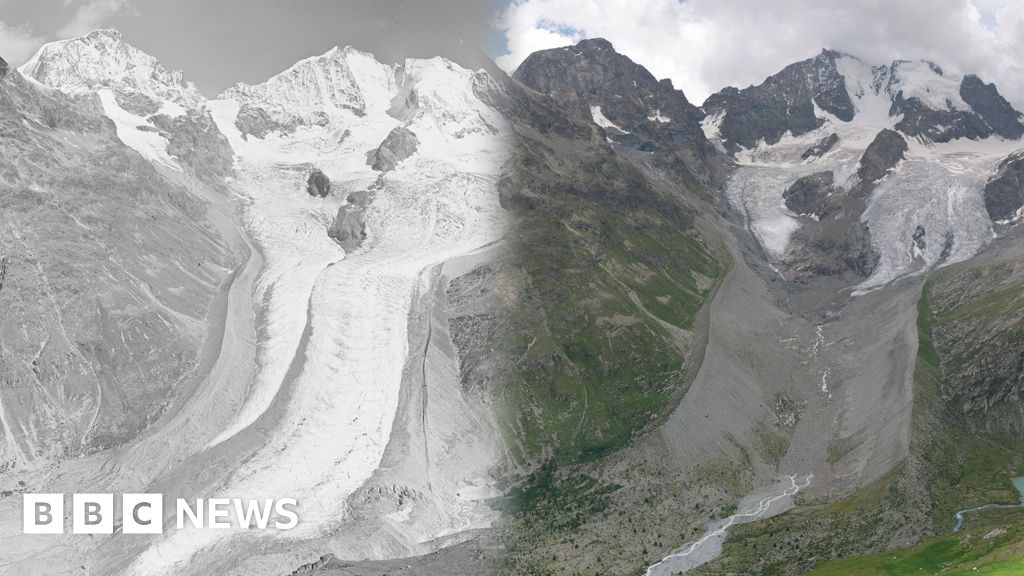 The 30th "Conference of the Parties" (COP30) to the UN Framework Convention on Climate Change (UNFCCC) will take place from 6-21 November 2025 in Belém, Brazil. It will bring together world leaders, scientists, non-governmental organizations, and civil society to discuss priority actions to tackle climate change. COP30 will focus on the efforts needed to limit the global temperature increase to 1.5°C, the presentation of new national action plans (NDCs) and the progress on the finance pledges made at COP29.
The 30th "Conference of the Parties" (COP30) to the UN Framework Convention on Climate Change (UNFCCC) will take place from 6-21 November 2025 in Belém, Brazil. It will bring together world leaders, scientists, non-governmental organizations, and civil society to discuss priority actions to tackle climate change. COP30 will focus on the efforts needed to limit the global temperature increase to 1.5°C, the presentation of new national action plans (NDCs) and the progress on the finance pledges made at COP29.NAIROBI, Kenya, November 3 (IPS) - A new global study has challenged a key assumption in climate planning: that the planet’s geological “carbon vault” is vast enough to hold all the carbon dioxide (CO₂) we might one day choose to bury underground after we remove it from the atmosphere. It isn’t.
After accounting for seismic zones, protected areas, and densely populated regions, researchers estimate that the prudent planetary limit for geological carbon storage is about 1,460 GtCO₂—still a significant amount, but a fraction of the 11,800 GtCO₂ often cited as “technical” potential.
That finding merits a rethink of any strategies that hinge on essentially limitless underground storage. It also strengthens the case for a diversified portfolio approach that utilizes every credible tool at our disposal, rather than placing too much reliance on a single bet.
We need to adopt a pragmatic approach to achieve both integrity and scale. For too long, the debate has been framed as “permanent” versus “non-permanent” climate solutions—as if the only climate value that counts is storage measured in centuries or millennia. Regardless of the geological storage available, that is a cardinal mistake. Climate risk unfolds across multiple time horizons; therefore, our response must also be multifaceted.
There is real value in decadal-scale reductions and storage. Lowering atmospheric CO₂ over the coming years reduces peak warming, a key driver most associated with triggering irreversible tipping points—from forest dieback to ice-sheet instability and shifts in ocean circulation.
Even if some carbon is later re-emitted, the avoided heat during those crucial decades buys time for technologies to scale, protects people and nature from compounding impacts, and lowers the probability of crossing dangerous thresholds.
Engineered removals and geologic storage may deliver ultra-long-lived storage, but, as this report shows, there is still much to be learned. At the same time, nature-based solutions—especially forests and other ecosystems—can deliver large, near-term emission reductions and removals while providing irreplaceable co-benefits: biodiversity, water security, community resilience, and livelihoods.
Both are essential. Pitting them against each other wastes time we do not have.
Uncertainty about the long-term stability of land carbon stocks does not mean all nature “will go up in smoke.” It means we need risk management, not exclusion. Take, for example, the permanence standard that was recently adopted for Article 6.4 of the Paris Agreement, which equates “negligible risk” with storage effectively guaranteed over a 100-year horizon.
Framed that way, most nature-based solutions are ruled out because uncertainties accumulate over time. The right test is whether systems deliver real, additional, and durable climate benefits over relevant timeframes—and whether risks are transparently accounted for and continually reduced.
Every financial advisor teaches the same lesson: diversify to manage risk and improve returns. Climate strategy is no different. No single approach—technological or nature-based—can deliver the speed, scale, and durability we need. The IPCC’s Sixth Assessment Report underscores that nature-based solutions, particularly forests, can cost-effectively close a substantial share of the near-term ambition gap—on the order of 4–6 GtCO₂ per year by 2030.
That is a vast climate asset if stewarded with integrity and social safeguards. It is also a necessary condition for the success of the Paris Agreement.
A portfolio approach matches tools to time horizons, hedges systemic risk, and multiplies co-benefits. Durable geologic storage should be prioritized for the hardest-to-abate residual missions and for genuinely permanent removal needs; and high-integrity natural climate solutions should be accelerated now for the heavy near-term lifting that lowers peak warming and keeps tipping points out of reach.
If any strand underperforms, the others continue delivering climate benefit. And by investing in nature, societies gain adaptation, biodiversity, and development dividends that pure storage cannot provide.
Policy must catch up to this reality. Integrity and oversight should be strengthened across all solutions so markets function with trust—robust baselines, conservative accounting, credible buffer pools, insurance against reversal risk, high-quality MRV, and clear liability rules.
Standards should move away from effectively impossible definitions of “negligible risk” and toward recognizing decadal climate value, requiring strong safeguards, and using diversified portfolios. Governments should incentivize innovation across the full spectrum of solutions rather than picking winners; technology-neutral frameworks that reward verified climate outcomes—and that recognize different but complementary durability profiles—will channel capital where it does the most good.
The science does not give us permission to wait for perfect solutions. It calls for an “everything, everywhere, all at once” approach—applied wisely. The new storage estimates should focus minds, not fuel fatalism. Scarcity is a guide to strategy: use geologic capacity where it delivers the greatest long-term value, and scale high-integrity nature-based and demand-side actions now to bend the curve this decade and reduce the chances of dangerous tipping points.
That is what a prudent, diversified climate portfolio looks like.
We will not solve a multidimensional crisis with one lever. We will solve it by pulling all credible levers at once, with integrity, urgency, and a bias for learning.
The toolbox is full. It’s time to use it.
IPS UN Bureau
© Inter Press Service (20251103151143) — All Rights Reserved. Original source: Inter Press Service

 9 hours ago
1
9 hours ago
1










 English (US) ·
English (US) ·